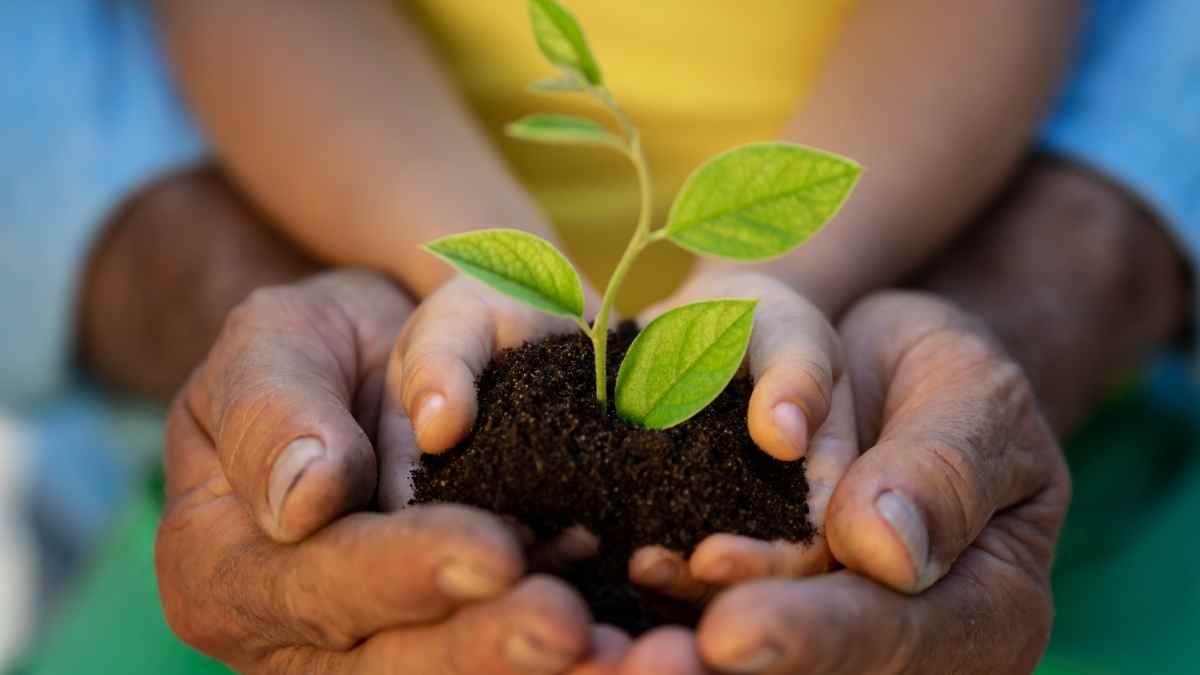Environmental sustainability has become a central topic for discussion in our lives. While worthy of applause, the rapid technological developments of the world have started to put a strain on the environment.
There are currently many governmental and non-governmental organizations to help combat the deterioration of the environment, but charity begins at home. In this case, charity exists in the form of hands-on activities that you can use to teach kids.
From climate change to overwhelming plastic pollution, there are many issues plaguing the natural habitats of humans and other species. This is why we must use kids’ formative years to educate them on the consequences of certain environmental activities.
For example, your 10-year-old would not be at the forefront of the campaign for renewable energy sources anytime soon. Still, they would have it on their mind when a novel energy solution is proffered next.
This is why environmental awareness for kids is essential.
Here is our guide on environmental activities for kids!
Why Environmental Activities For Kids Are Important for The Natural Environment
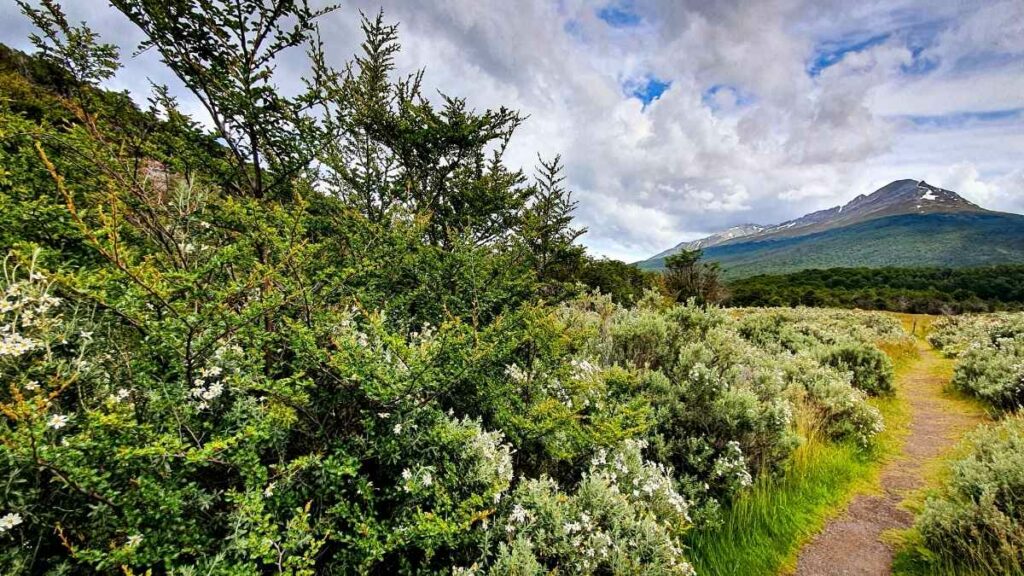
The goal of every parent is to create a future where their kids are most likely to thrive and succeed.
However, considering the present state of the world, the image of the future needs to factor in how to protect the earth; otherwise, there would be no planet to thrive in.
-

Fashionably Green and On-The-Go
£16.50 Select options This product has multiple variants. The options may be chosen on the product page -
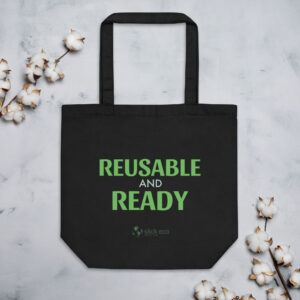
Reusable and Ready Eco-Friendly Tote Bag
£16.50 Add to cart
More importantly, though, kids are the vehicle through which we can counter the harm still being done to the world.
However, unlike environmental activists, children are not old enough to campaign on the streets and lobby governments to change policies. That said, they would one day find themselves in such positions, and their voices would be made much louder if they were educated right.
This is why these activities are essential to the sustenance of the environment; kids are the future and should be educated.
What are Environmental Awareness Activities for Kids That Parents can Imbibe?
These activities can be defined as any set of practices intended to expose how some everyday environmental activities impact the planet negatively.
Naturally, awareness of any issue necessitates a simplified approach to help the layman understand the ideas being pushed. In the case of kids, things need to be even more straightforward.
Hence, parents are encouraged to use hands-on activities during lectures on environmental sustainability. There are many environmental issues to look out for and many activities to call attention to. Some of the ways by which guardians and parents can improve environmental awareness are by:
Encouraging and Organizing Nature walks
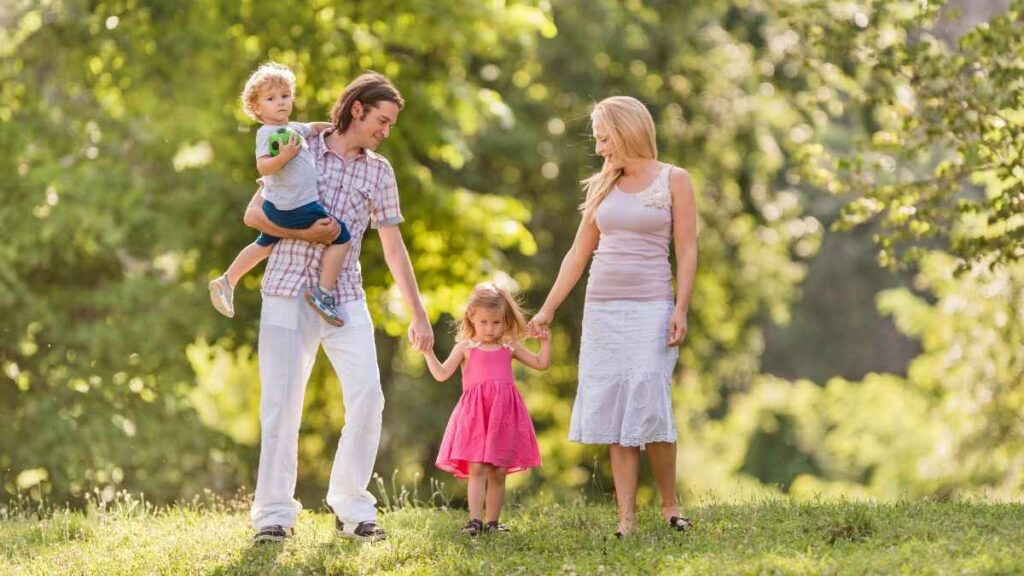
To teach kids about the ill effects of carbon emissions while introducing them to animal species that would be affected were they to continue with the environmental practices that are currently popular.
This can take the form of random walks or planned camping trips.
Introducing Children to Recycling/repurposing
This is not an easy practice because not everything can be repurposed. However, a lot of things can be. Some examples of repurposing include converting worn clothes into cloth napkins, reusing old papers and cartons as storage material, etc.
In the case of recycling, we consumers simply package recyclable waste for accessible collection. That said, involving your kids helps them understand the concept of recycling and why it is vital to promote awareness of it.
In addition, the children also learn to pick up their trash and sort the garbage. Both processes are essential for efficient waste management.
Engaging Kids in Gardening and Composting
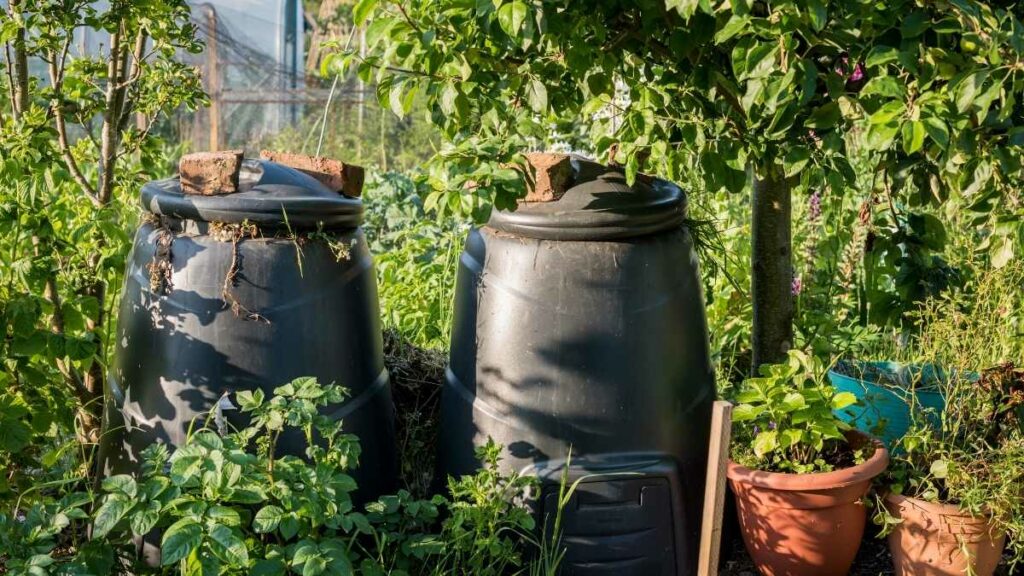
Many parents are not tolerant of dirtiness, but that’s no excuse to hide your child from plants. However, working in a garden helps to promote interaction between kids and their natural environment.
At the same time, composting is a waste-management practice that should help utilize food waste and support gardening efforts.
Kids love to play, and gardening can be a fun way of introducing them to plant life.
Purchasing Earth-Friendly Children’s Books
Books are a source of fun, imagination, and knowledge for young students. It’s why we buy so many children’s books for them.
However, the last thing you want is for the books you purchase to undo the lessons you teach. As such, treat your home libraries like a sustainability classroom or school.
Consider buying books that help kids understand important concepts like water pollution and conservation, wildlife conservation, recycling, food waste management, and other environmental activities.
How to Engage Students and Promote Awareness for The Environment in Schools
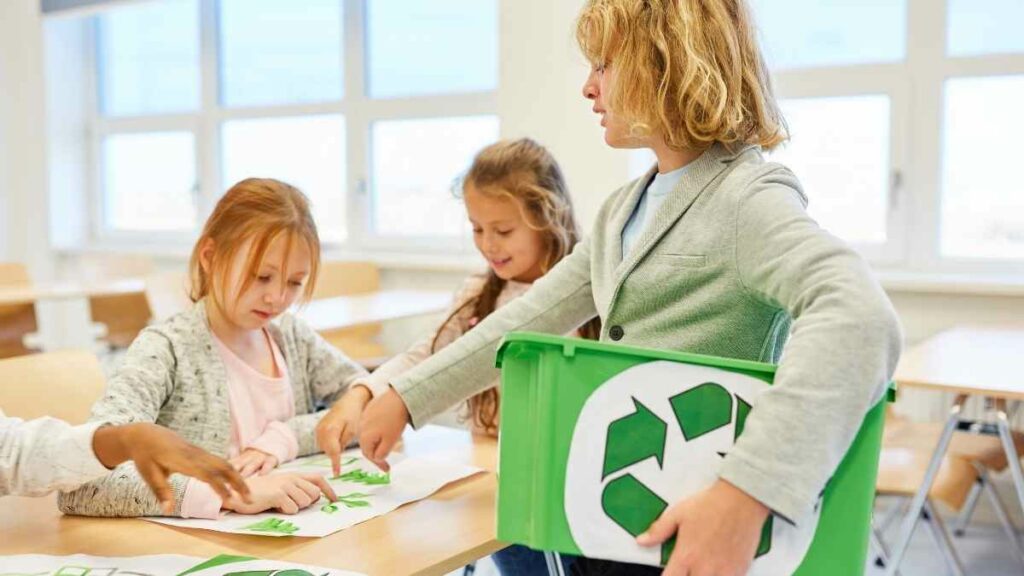
Children spend a lot of time in schools, and their environmental education must continue there.
While the home activities shared above (such as a nature walk) can be practiced in schools, there are opportunities to expand the school’s scope of environmental awareness activities.
Below are a couple of activities that teachers could turn to in developing students to create a more eco-friendly school:
Cross-Curricular Learning
This isn’t as much an activity as it is an approach to teaching, but it is an approach you should implement more. There are a variety of activities, spanning many occupations, that harm the environment.
Teachers should make meaningful inter-subject connections to help their students understand that environmental harm is commonplace.
This is the first step towards guiding them in their efforts to help protect planet earth.
A Virtual Tour
Ideally, you want to step out of the classroom and be practical about what you teach. However, it isn’t always secure or financially sustainable to organize walks and trips, no matter how short.
Spice up awareness efforts with virtual tours that can be projected in classrooms with accompanying voice-over lectures or guides.
Group learning (as is experienced during such tours) is fun for kids. It is a simple way of stimulating education discussions afterward.
A Scavenger Hunt
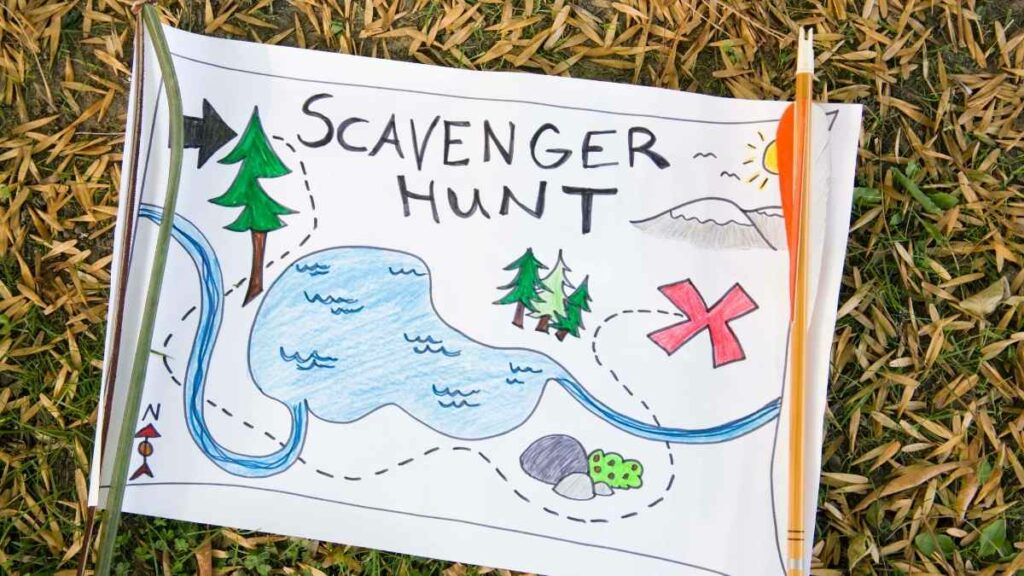
This is a more practical twist on the above ideas because students and kids are encouraged to interact with species around them rather than simply taking walks or tours. This is an educational medium that helps them appreciate nature more.
Appreciation of nature/the living organisms within a habitat are essential sentiments to cultivate. Both encourage the control of natural resources. Such a hunt can be for plant specimens that teachers then help identify.
In turn, kids may be required to follow through with earth-friendly art and write-ups.
In-class recycling of paper and packaging materials
Normalize having students reuse paper and other materials for class projects. This habit teaches them to manage resources and waste while helping cultivate innovative ideas.
Class recycling and repurposing efforts could be the first step toward creating an eco-friendly classroom environment.
However, it would develop the community more if children could apply such lessons within their families.
Planting Trees
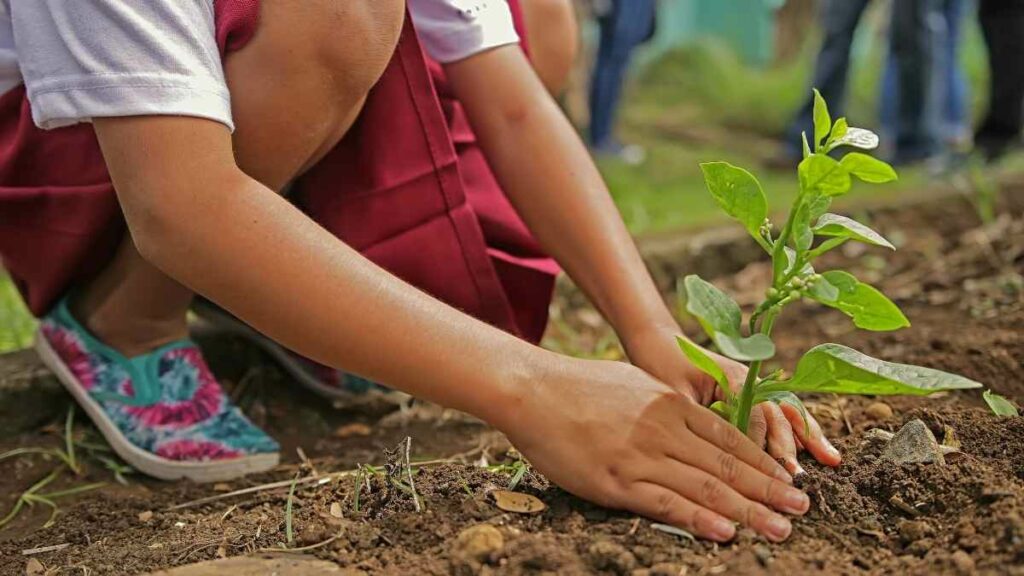
It’s never too early to teach the importance of trees to kids. For starters, they stabilize the soil against erosion, provide resources, combat air pollution, provide food, keep the water cycle going, beautify the world, etc.
Obviously, there are many more, but you get the point; they are essential. Better still, they should participate in planting them with their friends, where possible.
Conclusion
Pollution is growing more rampant, and resources and space are expected to shrink as the global population rises.
However, we can’t hope for migration to mars or cull our population here on earth, so our best bet is to refine our attitude towards the planet.
Children are the future, and we owe it to them to do all we can to save the earth. In addition, we also need to prepare them to live sustainably.
The community and school are essential to the success of this mission, and it all starts from the simplest activities.
Go out and be intentional in training your kids and wards to be environmentally aware.

